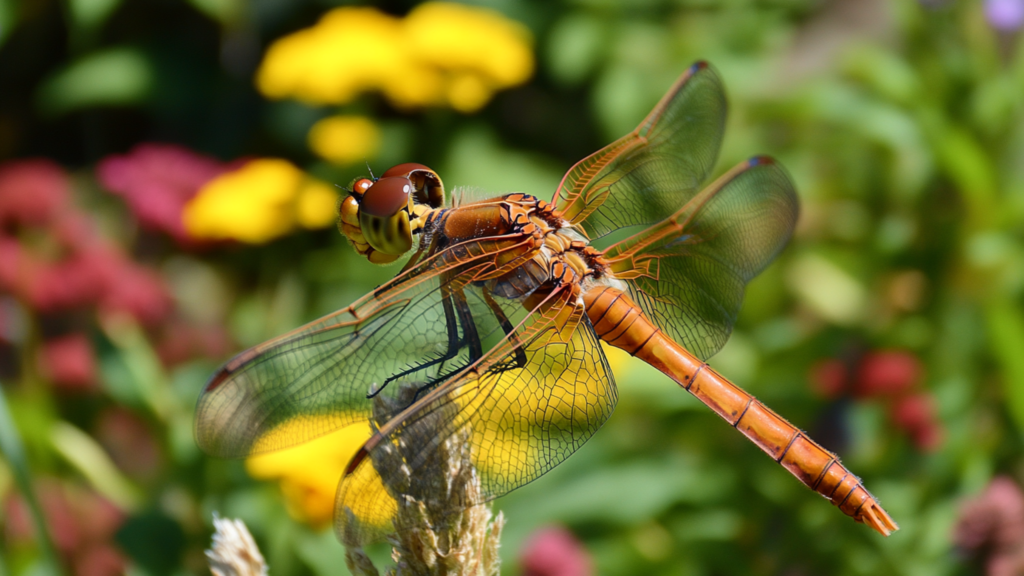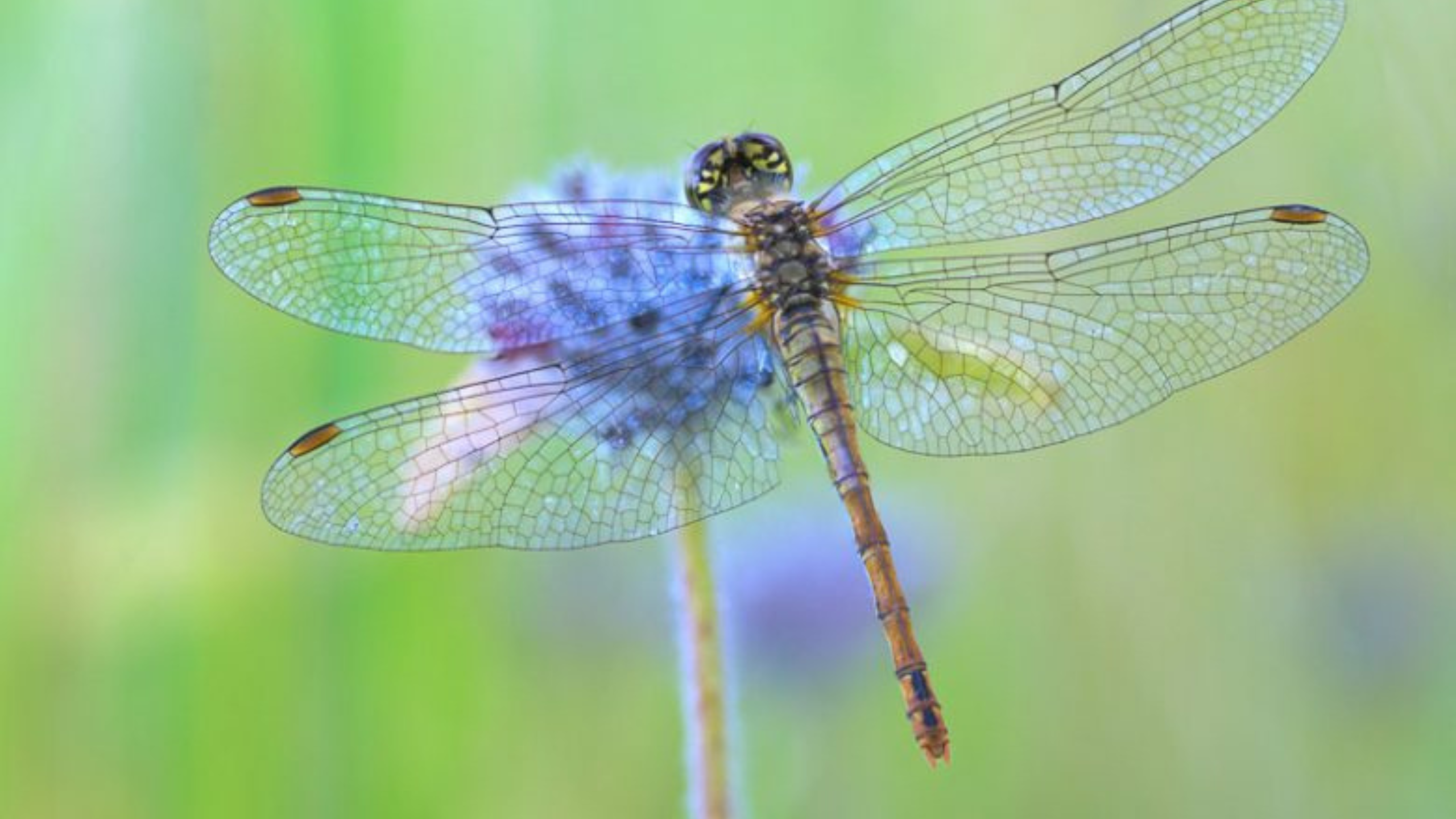Dragonflies are not only captivating creatures, but they also play a vital role in maintaining a mosquito-free environment. By fostering an inviting atmosphere for these insects, you can significantly decrease mosquito numbers and enjoy your outdoor spaces more fully. One of the best strategies to achieve this is by adding specific plants that are known to attract dragonflies. Below, we will delve into ten such plants that can help transform your garden into a dragonfly paradise while simultaneously enhancing its aesthetic appeal.
- Water Lilies: Incorporating water lilies into a garden pond or water feature is essential. These aquatic plants flourish in still water, creating a prime habitat where dragonflies can lay their eggs. Their expansive leaves not only offer shade but also provide refuge for dragonfly larvae, making water lilies a top choice for attracting these beneficial insects.
- Arrowhead: Also referred to as duck potato, arrowhead is an aquatic plant that thrives in shallow waters. With its unique arrow-shaped leaves and charming white flowers, it serves as an excellent breeding ground for dragonflies. The vegetation offers an ideal setting for dragonfly larvae to grow and develop.
- Wild Celery: Known as tape grass, wild celery is a submerged plant found in freshwater. This species is particularly effective in luring dragonflies, as it provides a hunting ground for mosquito larvae. The long, ribbon-like leaves create a safe habitat for dragonfly nymphs, facilitating their transformation into adults.
- Pickerelweed: This perennial aquatic plant, with its remarkable blue-violet blossoms, flourishes in shallow waters, making it an excellent choice for pond edges. Dragonflies are drawn not just to its vibrant flowers but also to its dense foliage, which acts as a perfect hiding spot for their larvae.
- Swamp Milkweed: A versatile addition for moist, swampy areas, swamp milkweed boasts clusters of pink flowers that attract numerous pollinators, dragonflies included. Its preference for wet soil makes it a natural candidate for gardens featuring water elements.
- Joe-Pye Weed: This towering perennial can reach heights of up to 7 feet, producing large clusters of mauve or pink flowers that dragonflies find irresistible. Thriving in both sunny and partially shaded environments, Joe-Pye weed also provides a habitat for various other pollinators.
- Butterfly Weed: With its striking bright orange flowers, butterfly weed is a favorite among beneficial insects, including dragonflies. While it’s commonly linked with attracting butterflies, its blossoms also entice dragonflies that feed on mosquitoes and other small insects. This drought-resistant plant is perfect for sunny garden spaces.
- Meadow Sage: A hardy perennial, meadow sage features spikes of blue or violet flowers that bloom throughout the summer. Dragonflies are captivated by the nectar-rich blooms and the abundant small insects it attracts, benefiting from the plentiful food source.
- Black-Eyed Susan: This beloved wildflower is instantly recognizable with its bright yellow petals and dark centers. Besides being visually appealing, black-eyed Susan plants draw a myriad of insects for dragonflies to hunt. They are drought-tolerant and adaptable to various soil types, making them a versatile choice.
- Water Horsetail: An ancient plant with a reed-like appearance, water horsetail thrives in wet conditions and is often found along pond and stream edges. It provides excellent shelter for dragonfly larvae and serves as a resting and hunting space for adult dragonflies.

Creating a Welcoming Habitat for Dragonflies
Integrating these ten plants into your garden can establish a visually pleasing environment that effectively reduces mosquito populations. To further enhance your garden’s appeal to dragonflies, consider the following tips:
- Adding a Water Feature: Dragonflies are naturally attracted to water, particularly still or slow-moving bodies. Incorporating a pond, fountain, or water garden will encourage their presence.
- Ensuring Sunlight Availability: As cold-blooded organisms, dragonflies depend on sunlight for their body temperature regulation. Creating sunlit spaces in your garden will help them thrive.
- Reducing Pesticide Use: Conventional pesticides can harm dragonflies and many other beneficial insects. Instead, opt for natural pest control methods to maintain a healthy ecosystem in your garden.
- Fostering Diverse Habitats: Dragonflies are drawn to various environments. By including different types of plants, such as tall grasses and shrubs, you will create a more attractive setting for them to inhabit.
In summary, by introducing these ten dragonfly-friendly plants, you not only enhance your garden’s beauty but also enjoy a significant reduction in mosquito presence. Dragonflies are impressive allies in controlling insect populations, adding an engaging dimension to your landscape. Embrace these plants and watch your garden transform into a sanctuary for these remarkable insects. 🌟

